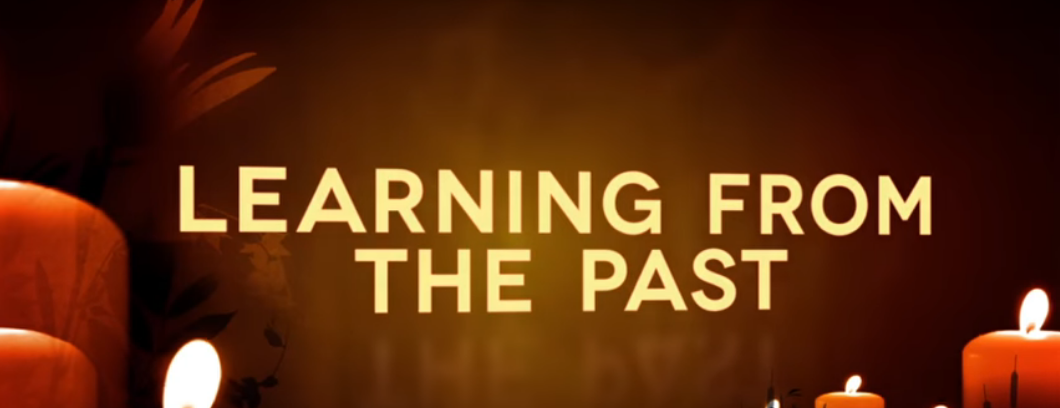
Bibliography for HMD
There is a wealth of material available covering the many different aspects of the Holocaust, genocide and discrimination. Listed in our bibliography are a few of the books – including fact, fiction, drama and poetry – that we think are helpful for those interested in finding out more about the issues raised by Holocaust Memorial Day.





